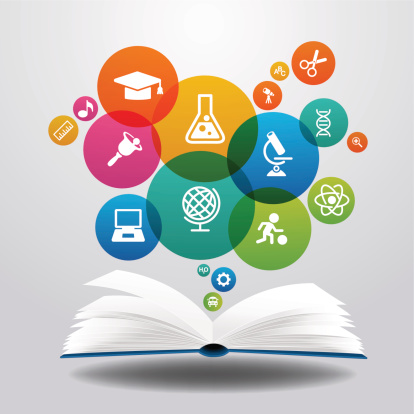Literacy Doesn't Just Mean Reading
When I took on the challenge to integrate literacy into new SSEC products, I immediately started thinking about how we would develop reading materials for young learners. That seemed logical...literacy equals reading. As I began researching strategies and best practices for integrating literacy into science curriculum, I realized I was barely scratching the surface of literacy connections by concentrating on reading. Looking at the Common Core State Standards for English Language Arts provided even more insight.
Literacy is not just reading. The chief components of literacy are reading, writing, language, speaking, and listening. As educators, we need to be thinking about what students are reading, writing, and talking about.

At a time when elementary teachers must devote a lot of time to prepare students for literacy and mathematics tests, science becomes a shortchanged subject. However, if students read and write about scientific topics, science has a higher place and importance in the classroom. Students also become better prepared for tests that measure reading comprehension using informational texts.
Applying the many aspects of literacy to science topics opens up a plethora of activities that blend science content and literacy. When lessons emphasize reading, give students a purpose to guide their reading. Ask students what was interesting versus important, have them summarize main ideas, or agree/disagree with statements before and again after the reading. As students develop their literacy skills, self-monitoring for understanding emerges.
It is very clear that science curriculum develops students' vocabulary by introducing new, domain-specific words and meanings. Science notebooks provide an ideal space for students to write down their questions, observations, and reflections about the real world. Notebooks also show the teacher evidence of how the student progressed from the question at point A to the answer at point B. Students should also be writing different ways in the notebooks, such as persuasively or narratively.
To focus on the communicative aspects of literacy, having a science talk is an excellent tool for the classroom. Science talk fosters active listening and courteous speaking among students. Not many students would like the monotony of reading the same passage several times to memorize it. Instead, turn rereading into "Reader's Theatre" so that creating and rehearsing a play engrains the content and evokes communication! For older students, movie making is an alternative because it incorporates the technological advances that student encounter daily with smartphones and other electronic devices.
Today, literate students are not just good readers; they construct meaning from text, think critically about the real world around them, and effectively communicate their ideas.
